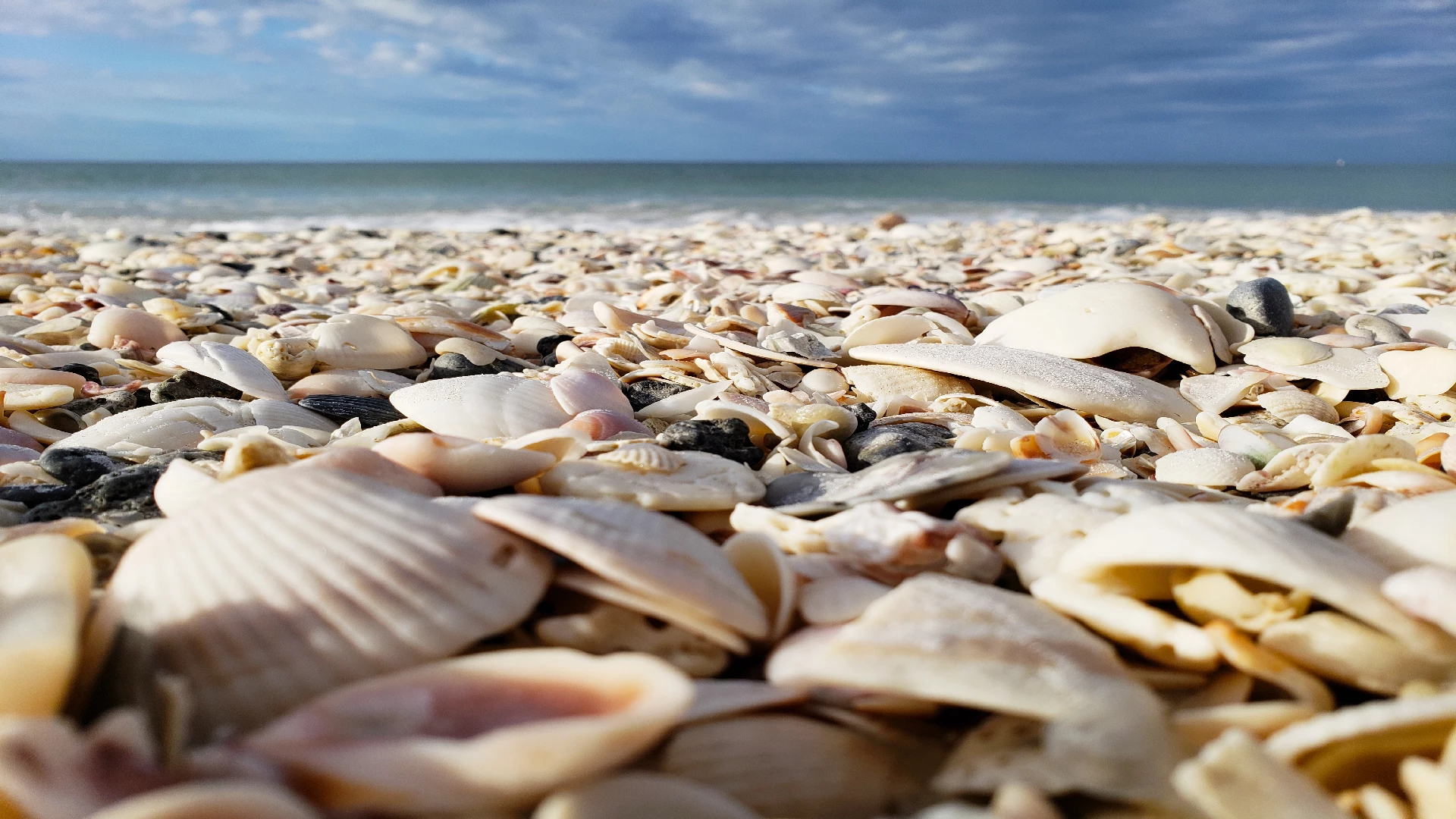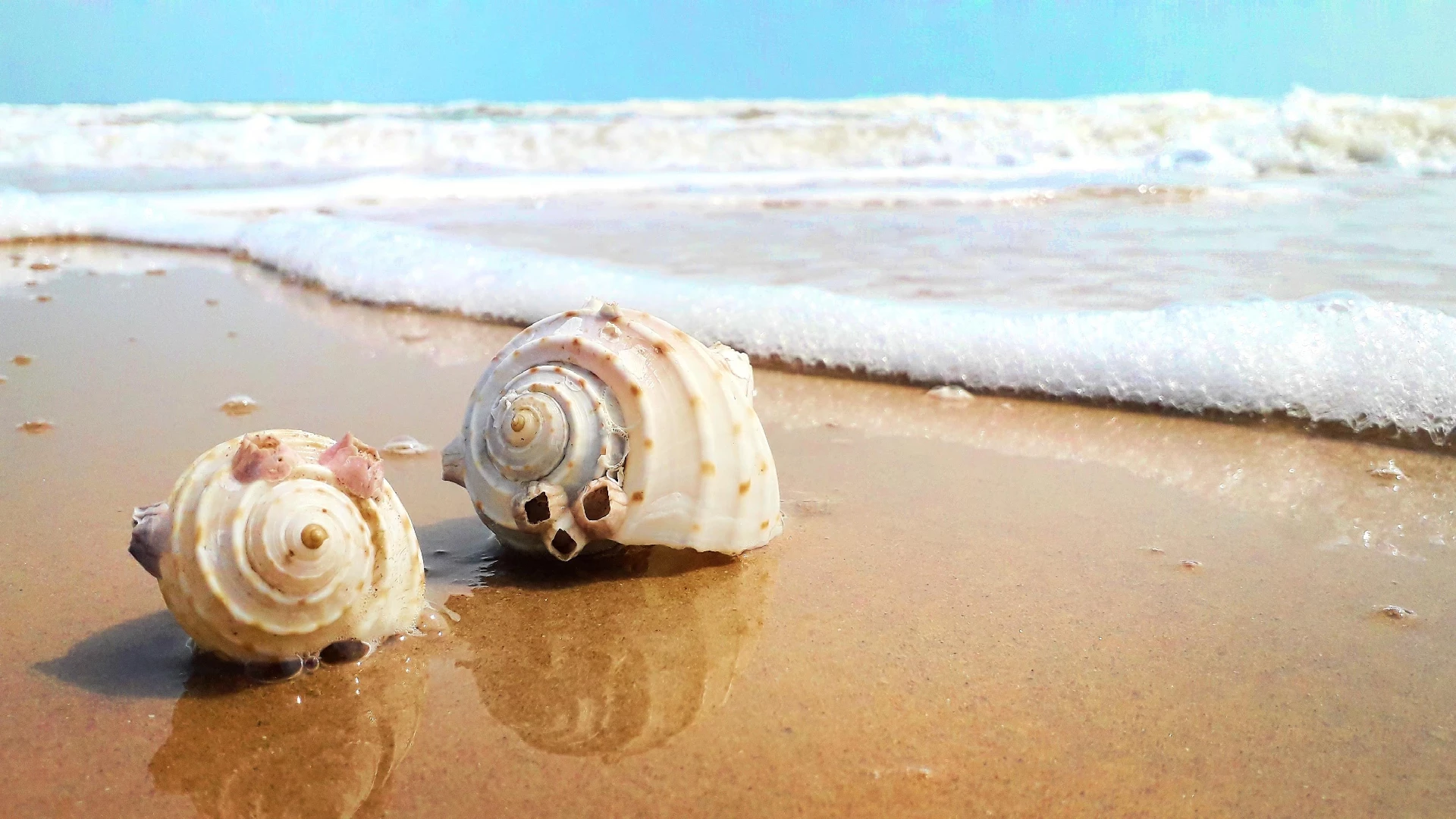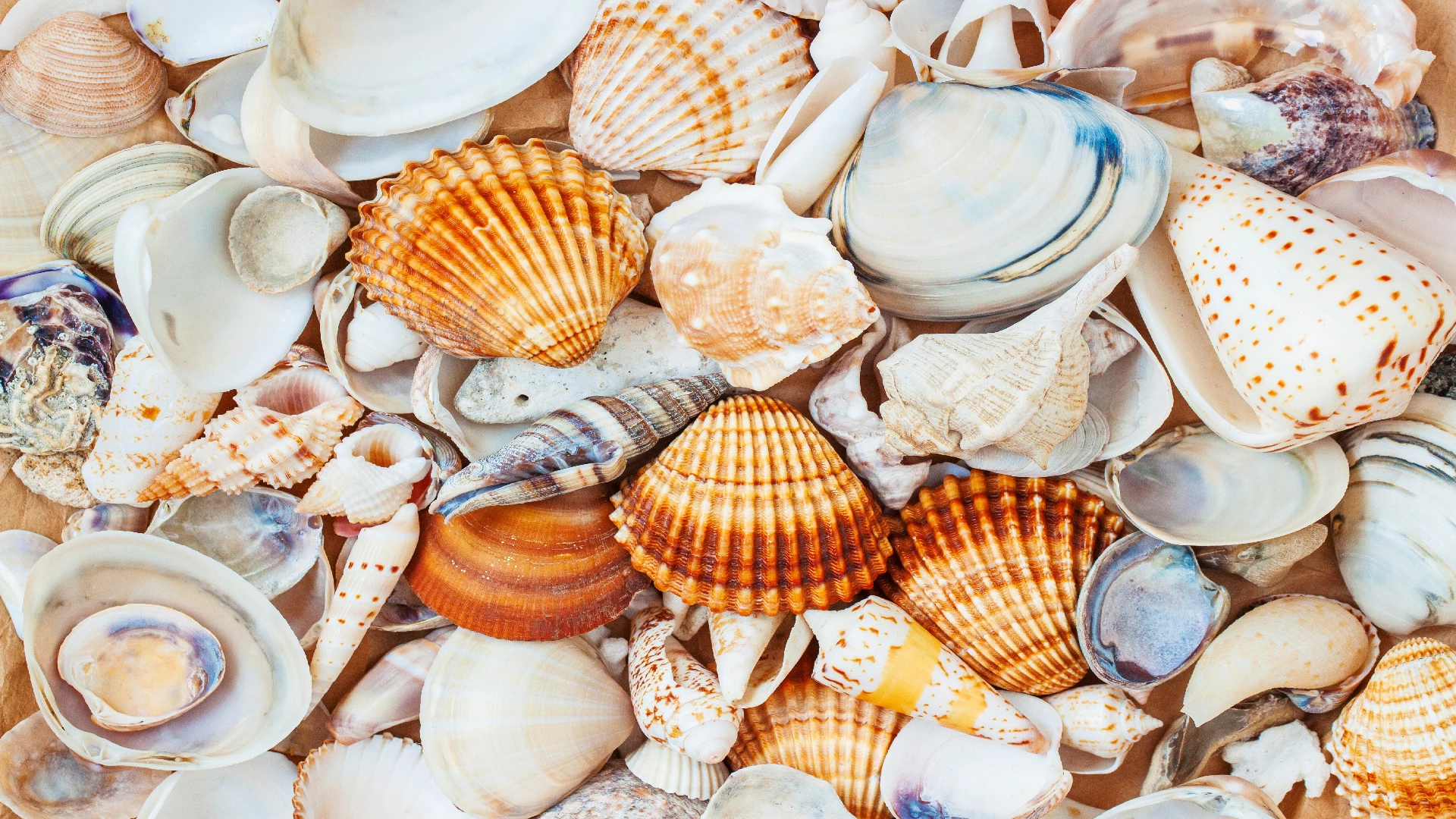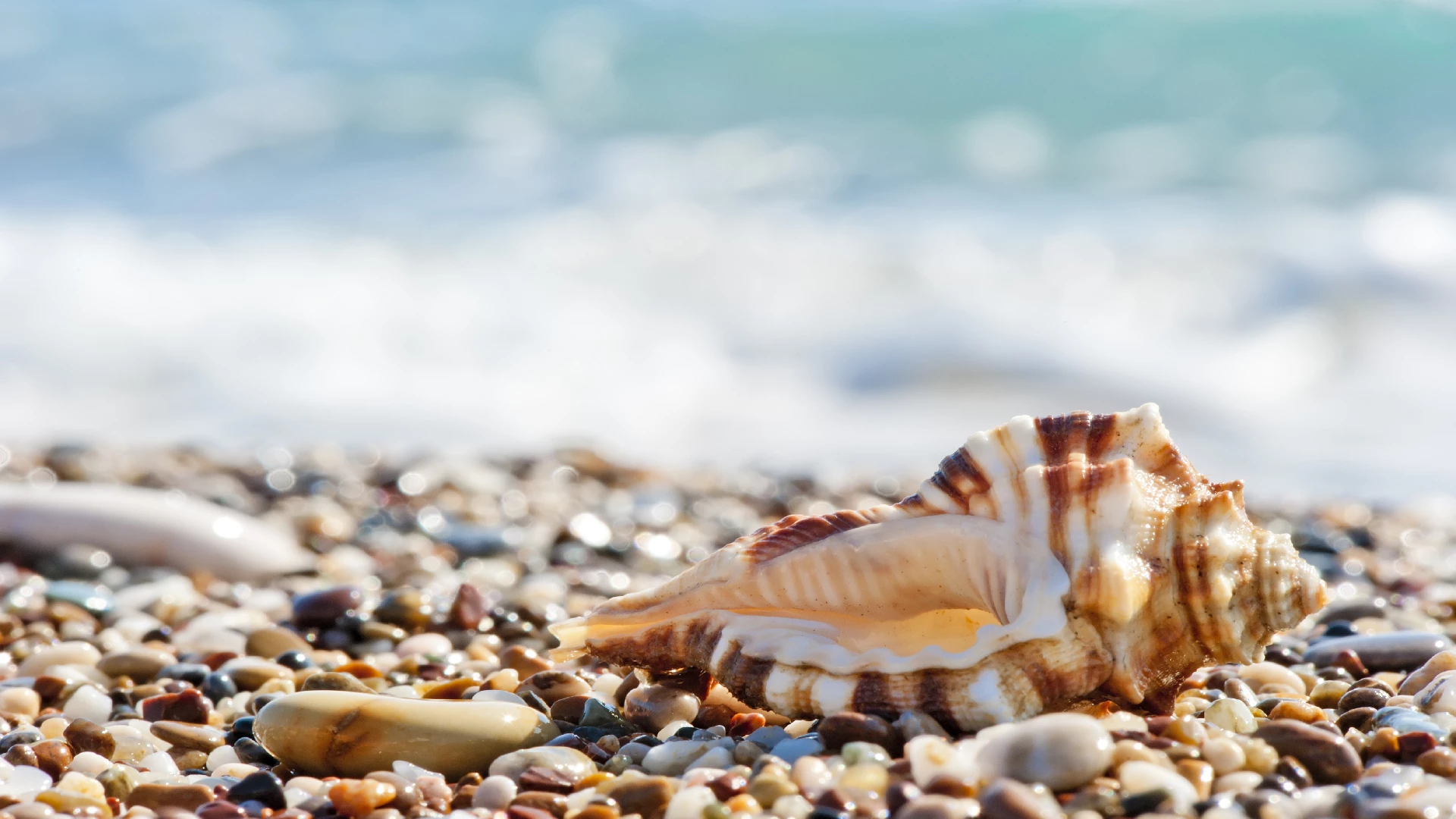Seashells, the treasures of the shoreline, hold within their delicate curves and intricate patterns the fascinating story of their formation. In this exploration, we will delve into the captivating world of seashell formation and what this process can reveal about our planet’s history.
Dive into the Seashell World 🐚 – Explore in a New Tab
1. The Intricate Art of Seashell Formation
 The journey of a seashell’s formation begins with tiny marine organisms, particularly mollusks and corals. These remarkable creatures are the architects of these natural wonders. They draw calcium carbonate from the surrounding seawater to craft their protective shells, layer by layer. Each layer is meticulously deposited, creating the exquisite spiral patterns and intricate designs that captivate collectors and scientists alike.
The journey of a seashell’s formation begins with tiny marine organisms, particularly mollusks and corals. These remarkable creatures are the architects of these natural wonders. They draw calcium carbonate from the surrounding seawater to craft their protective shells, layer by layer. Each layer is meticulously deposited, creating the exquisite spiral patterns and intricate designs that captivate collectors and scientists alike.
2. Layer Upon Layer: A Chronicle of Growth
 As these marine organisms grow, they continually add new layers to their shells. Each layer is like a page in a diary, recording the environmental conditions and the life experiences of the organism at a particular moment in time. It’s akin to adding rings to a tree’s trunk, each layer telling a unique story of growth and adaptation.
As these marine organisms grow, they continually add new layers to their shells. Each layer is like a page in a diary, recording the environmental conditions and the life experiences of the organism at a particular moment in time. It’s akin to adding rings to a tree’s trunk, each layer telling a unique story of growth and adaptation.
3. The Chemistry of Seashell Formation
 The process of seashell formation is not merely an artistic endeavor; it’s a chemical ballet. These marine organisms carefully control the chemistry within their bodies to extract calcium carbonate from seawater and convert it into the solid structure of their shells. This intricate dance with chemistry is crucial for shell integrity and resilience.
The process of seashell formation is not merely an artistic endeavor; it’s a chemical ballet. These marine organisms carefully control the chemistry within their bodies to extract calcium carbonate from seawater and convert it into the solid structure of their shells. This intricate dance with chemistry is crucial for shell integrity and resilience.
4. Environmental Clues Within the Layers
 The layers of a seashell act as a historical record of the surrounding environment. Scientists can analyze the chemical composition of these layers to uncover vital information about the conditions in which the seashell formed. Factors like water temperature, salinity, and the availability of nutrients are all encoded within the layers.
The layers of a seashell act as a historical record of the surrounding environment. Scientists can analyze the chemical composition of these layers to uncover vital information about the conditions in which the seashell formed. Factors like water temperature, salinity, and the availability of nutrients are all encoded within the layers.
5. Telling Tales of Earth’s History
 Seashells, with their layered structure, serve as time capsules that reveal Earth’s history. By studying the isotopes within these layers, scientists can estimate the age of a seashell and gain insights into past climatic conditions. This knowledge helps us piece together the puzzle of our planet’s ever-changing climate.
Seashells, with their layered structure, serve as time capsules that reveal Earth’s history. By studying the isotopes within these layers, scientists can estimate the age of a seashell and gain insights into past climatic conditions. This knowledge helps us piece together the puzzle of our planet’s ever-changing climate.
6. The Silent Witnesses of Marine Life
 Beyond climate and environment, seashells are also repositories of ancient marine life. Fossils embedded within seashells provide windows into the past, offering a glimpse of various marine organisms that inhabited the oceans millions of years ago. These fossils are like whispers from the depths, shedding light on Earth’s rich biodiversity throughout time.
Beyond climate and environment, seashells are also repositories of ancient marine life. Fossils embedded within seashells provide windows into the past, offering a glimpse of various marine organisms that inhabited the oceans millions of years ago. These fossils are like whispers from the depths, shedding light on Earth’s rich biodiversity throughout time.
7. A Call to Environmental Stewardship
 Perhaps most importantly, seashells convey a message of environmental stewardship. As we learn from these delicate time capsules, we are reminded of our responsibility to protect the oceans and the precious life they support. The stories within seashells underscore the need for sustainable practices and conservation efforts to ensure a healthy future for our planet.
Perhaps most importantly, seashells convey a message of environmental stewardship. As we learn from these delicate time capsules, we are reminded of our responsibility to protect the oceans and the precious life they support. The stories within seashells underscore the need for sustainable practices and conservation efforts to ensure a healthy future for our planet.
In conclusion, seashells are not just exquisite beachcomber’s finds; they are intricate records of their own formation and witnesses to Earth’s history.
Their growth, layer by layer, is a testament to the fascinating interplay between marine life and the environment. The next time you hold a seashell in your hand, take a moment to appreciate the centuries of craftsmanship and the stories it has to tell about our planet’s past.
Dive into the Seashell World 🐚 – Explore in a New Tab










